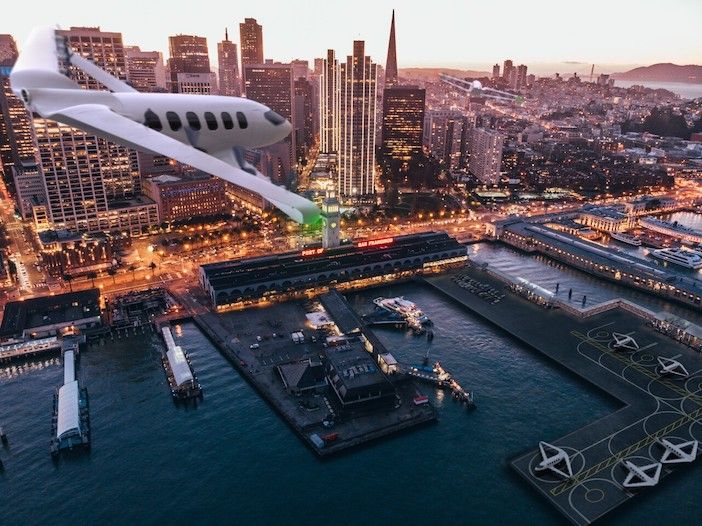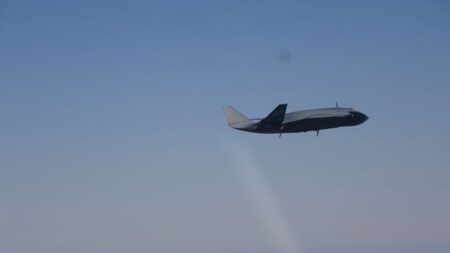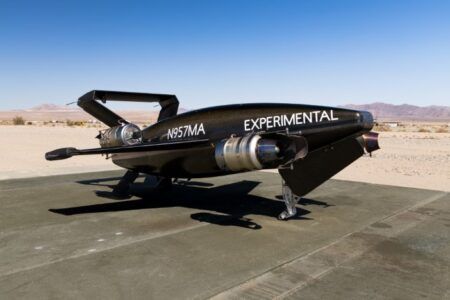Vertical take-off and landing aircraft developer Odys Aviation is to open a development and testing facility in Long Beach, California.
Odys is developing a hybrid-electric vertical takeoff and landing (VTOL) aircraft for use in regional air journeys. The aircraft is being designed to carry nine passengers, with a maximum speed of 345mph (555 km/h) and a range of 1,000 miles (1,609 km), and a cruise altitude of 30,000 ft.
The lift + cruise VTOL aircraft uses a flap based lifting technology that redirects air flow from forward facing propellers, which Odys says will enable a simple transition to horizontal flight and more efficient cruise.
The company plans to demonstrate transition from vertical to horizontal flight using a one passenger prototype aircraft later this year. It is planning for the aircraft to achieve type certification in 2026 and to enter service in 2027.
The company raised US$12.4 million in funding earlier this year to develop the hybrid-electric VTOL aircraft, bringing the total amount invested in the company, which was founded in 2019 as Craft Aerospace to US$18 million.
The 15,000 square foot facility at Long Beach Airport will support advanced testing of Odys’ VTOL technology, as well as construction and assembly of their first human-scale demonstrators, which will be tested and flown at an off-site test facility outside of Long Beach.
Long Beach, also known as “Space Beach”, already hosts several aerospace and space-launch companies including Boeing, Rocket Lab, Virgin Orbit, and Relativity Space.
James Dorris, Co-founder and CEO of Odys Aviation. “The forward-thinking members of the Space Beach community make this an ideal homebase for Odys to build the future of sustainable, hassle-free travel.”
Co-founder Axel Radermacher has recently taken on a new role as head of product. He said,
“Airlines flying Odys Aviation will unlock new market opportunities and a superior travel experience via new point-to-point routes.
“Additionally, they will strengthen their existing networks by broadening the catch basin of existing hubs and airports. We are designing the aircraft with input from major airlines to make sure we are a good fit for their operations.
“Our customers expressed the need for a high productivity, low CO2 aircraft, and we listened.”





